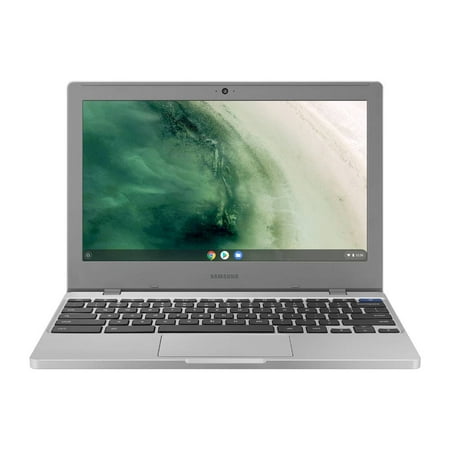Dell Optiplex Windows 10 Pro Desktop Computer Intel Core i5 3.1GHz Processor 8GB RAM 500GB HD Wifi with a 19″ LCD Monitor Keyboard and Mouse – Refurbished PC with a 1 Year Warranty
Dell Optiplex Windows 10 Pro Desktop Computer Intel Core i5 3.1GHz Processor 8GB RAM 500GB HD Wifi with a 19″ LCD Monitor Keyboard and Mouse – Refurbished PC with a 1 Year Warranty










Reviews
There are no reviews yet.